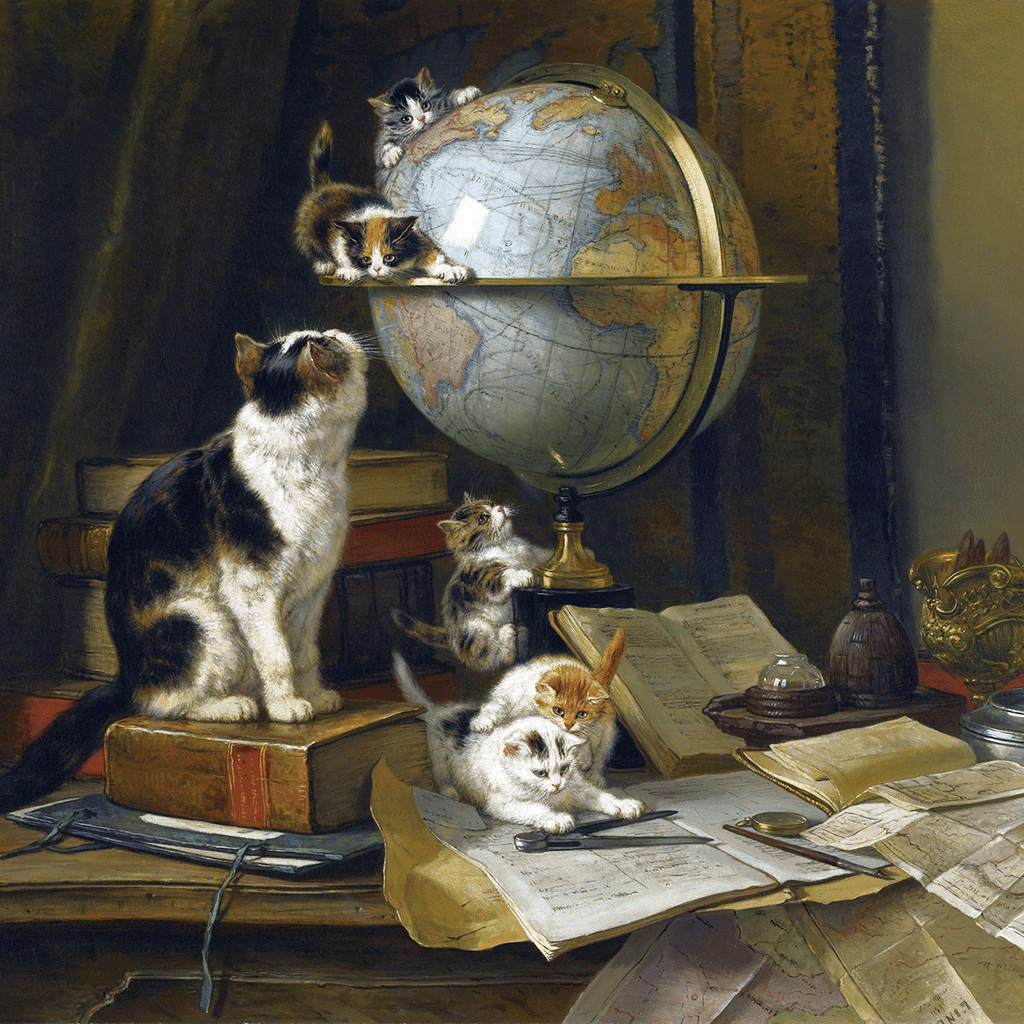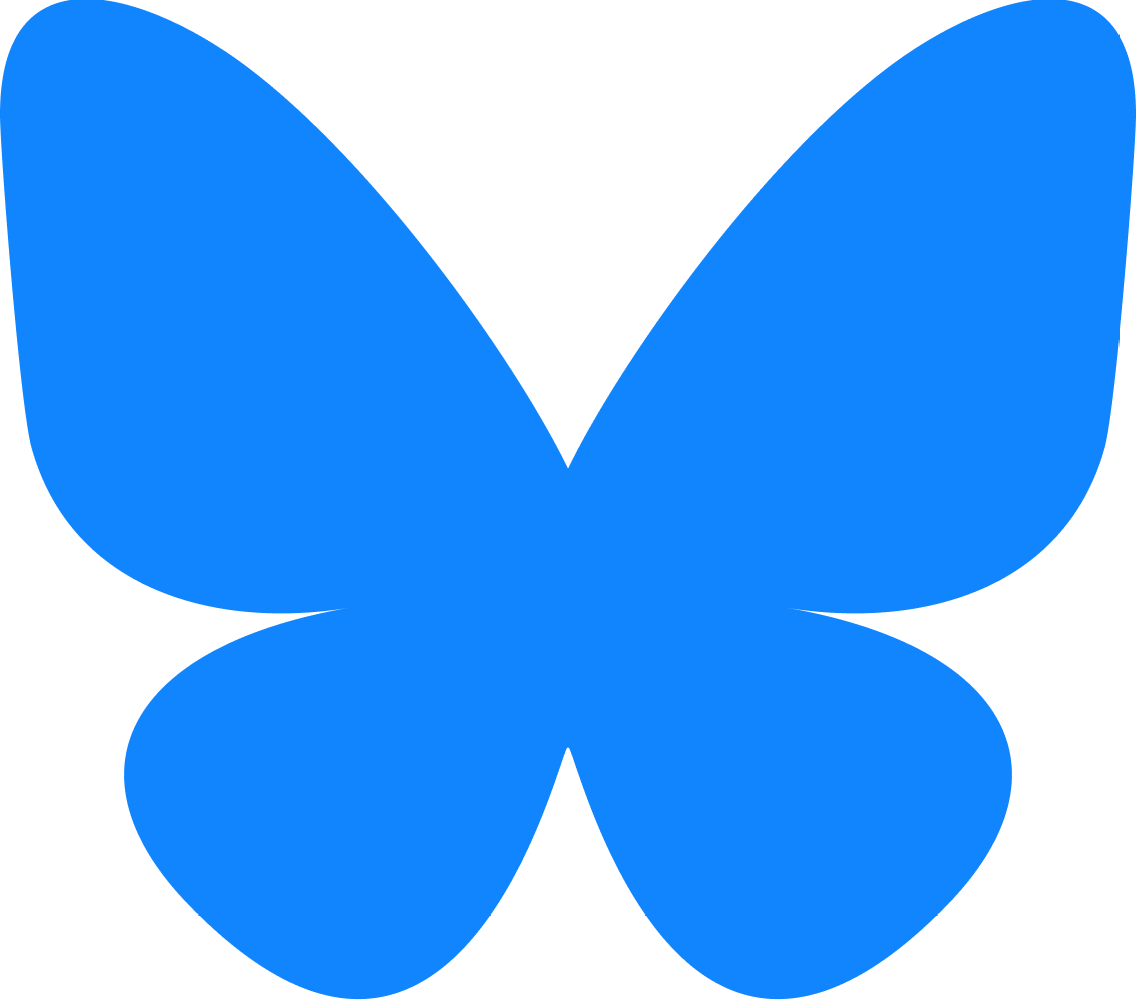Untamed Nature
A Cultural History of the Modern Dutch cat
DOI:
https://doi.org/10.52537/humanimalia.13534Keywords:
cats, class, cultural history, the Netherlands, avantgarde artists, human–animal relations, ideas about natureAbstract
The cat is now one of the most popular pets in the Netherlands, but it was once much maligned. The development of the European cat as a pet in general followed a trajectory from outcast with wealthy ladies as its sole ally, via idiosyncratic nobles and romantics, to the beloved and subversive muse of artists and creatives. The history of the French, English, and American cats has received attention in the past, but that of the Dutch cat has not. This latter history took a somewhat different turn, as is shown in this article. In the Netherlands the cat was adopted in the last quarter of the nineteenth century by the bourgeois and urban elite as well as by socialists, feminists, and avantgarde artists. The class-adjacent cultural tug of war that ensued about the cat was eventually won by the latter groups. These counter-cultural movements saw the cat as emblematic of their cultural position as creatives and people at the edge of society, linking the recalcitrant and enigmatic character of cats to their own idiosyncrasies. This association was to persist in the Netherlands and is mirrored today in the mainly left-wing political orientation of the Dutch cat-owner.
Downloads

Published
Issue
Section
License
Copyright (c) 2023 Hanneke Ronnes, Harry Reddick (Author)

This work is licensed under a Creative Commons Attribution-NonCommercial 4.0 International License.









